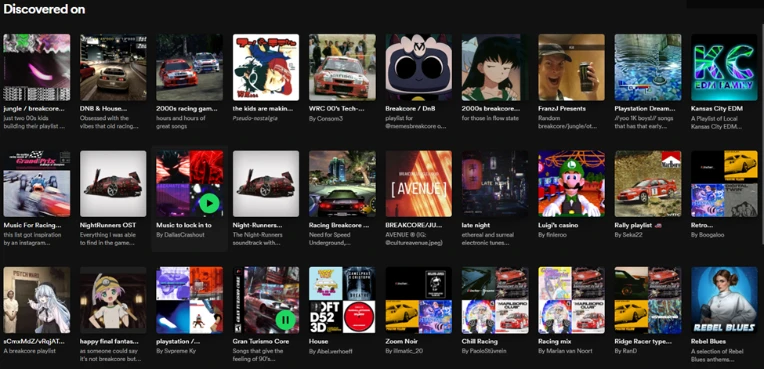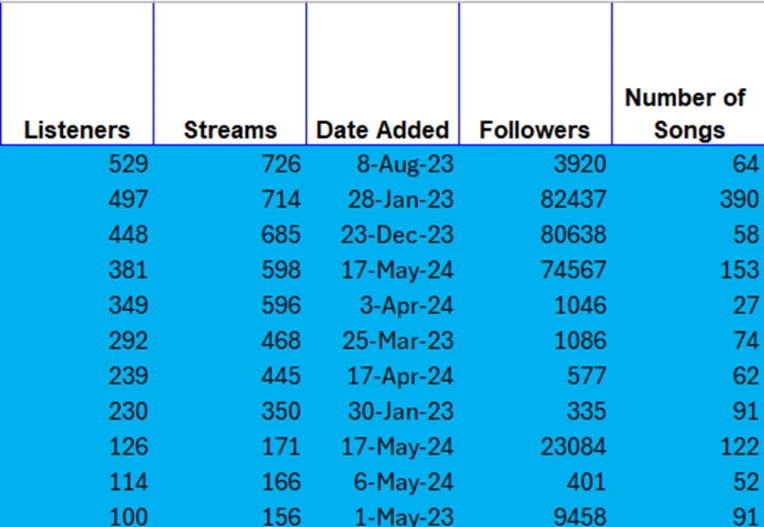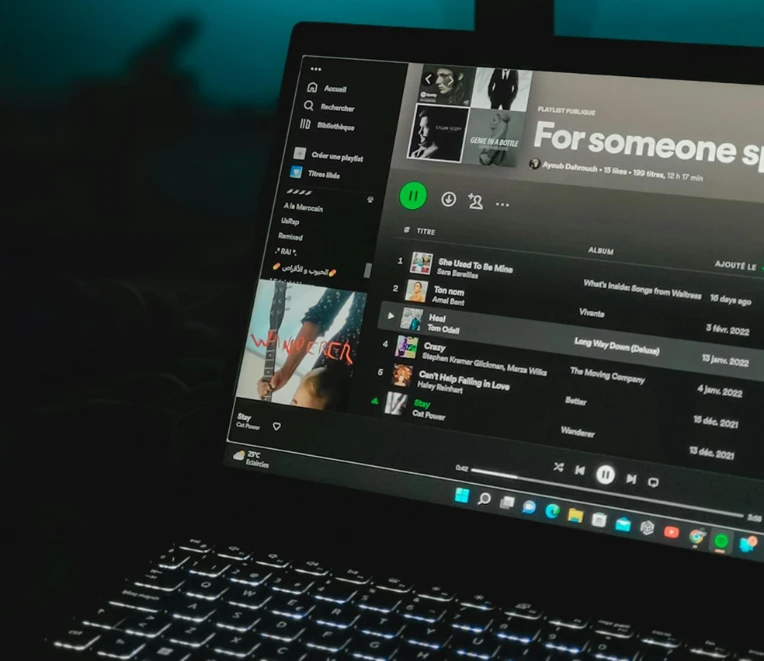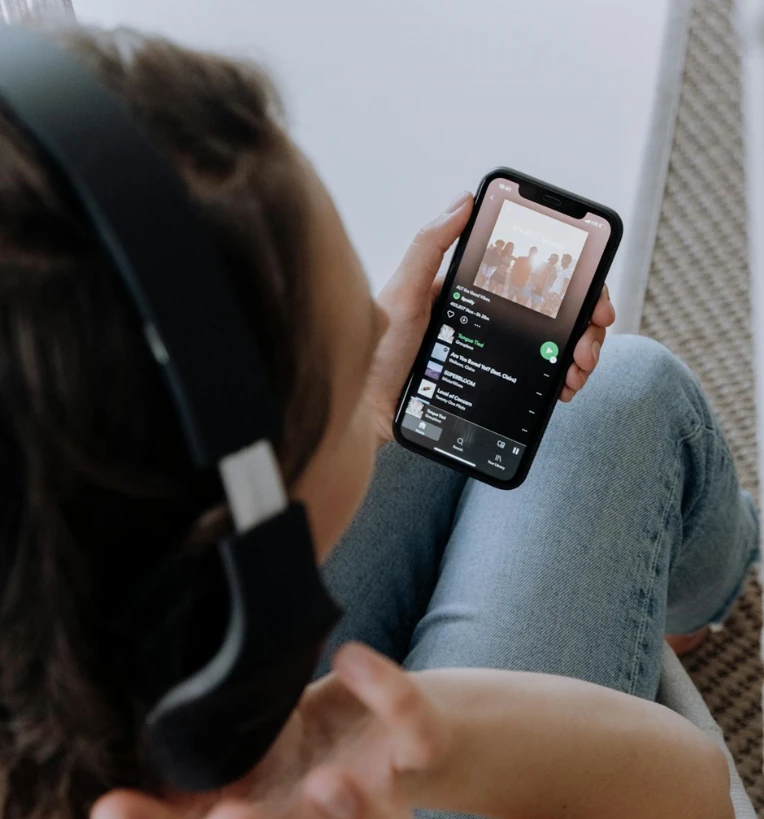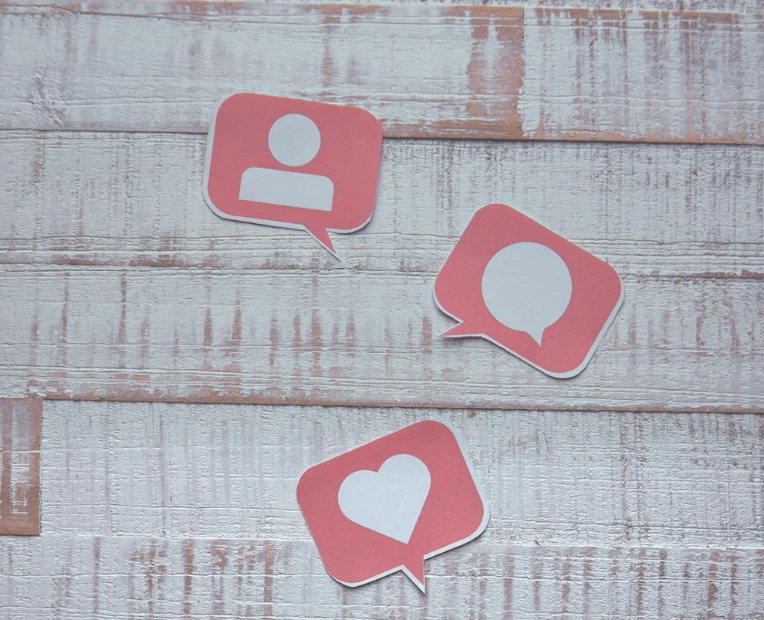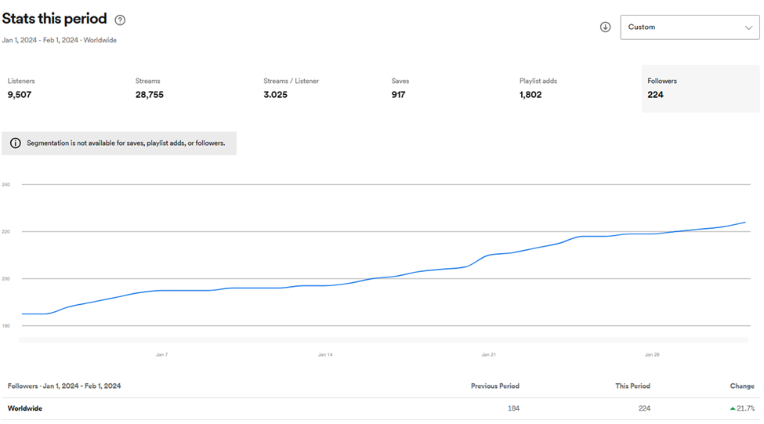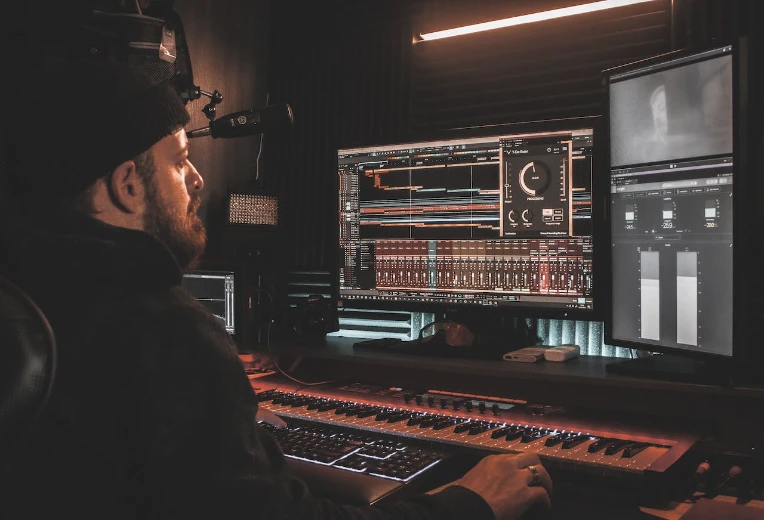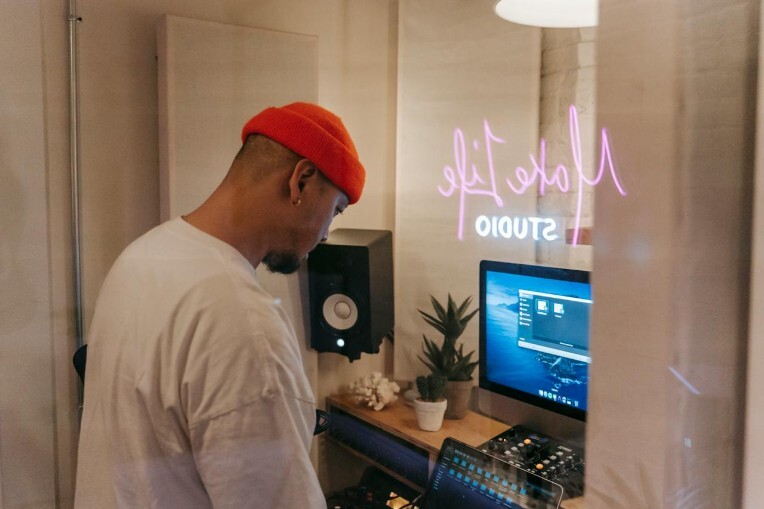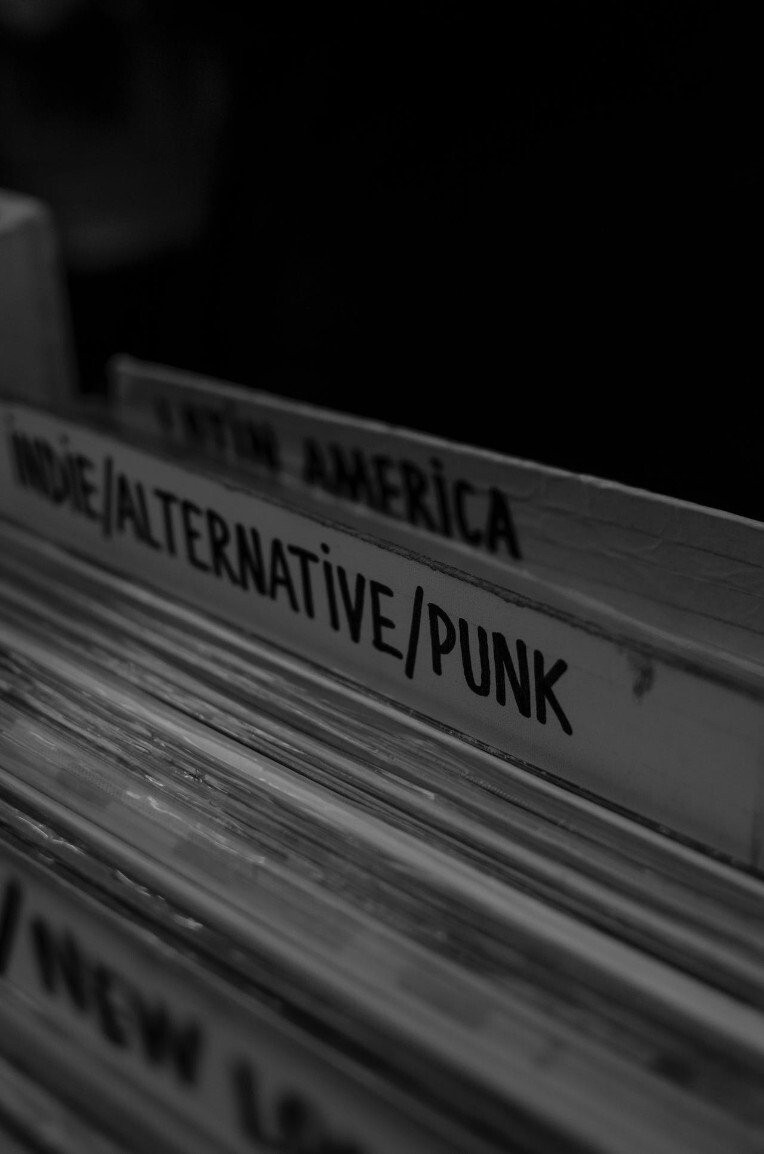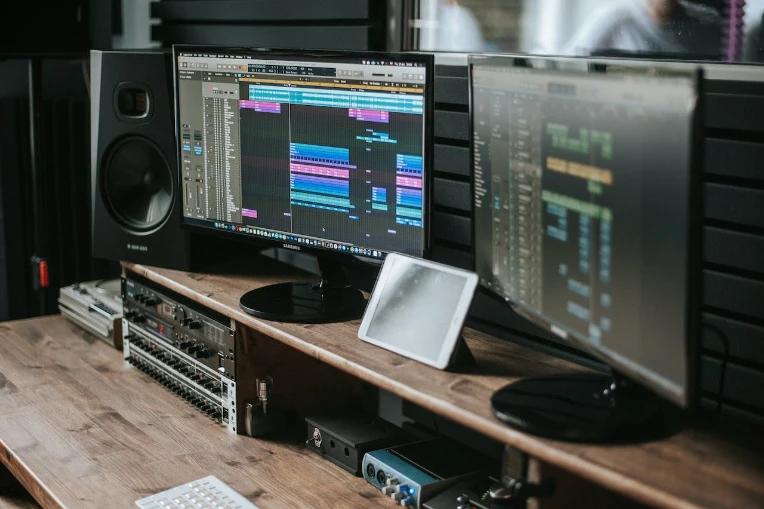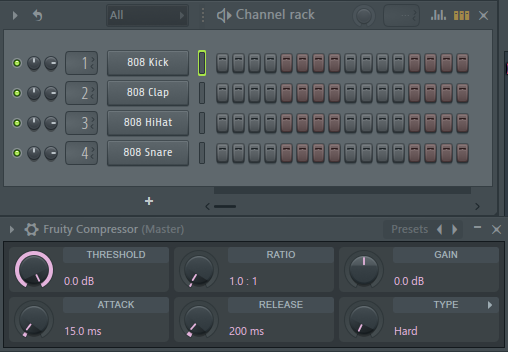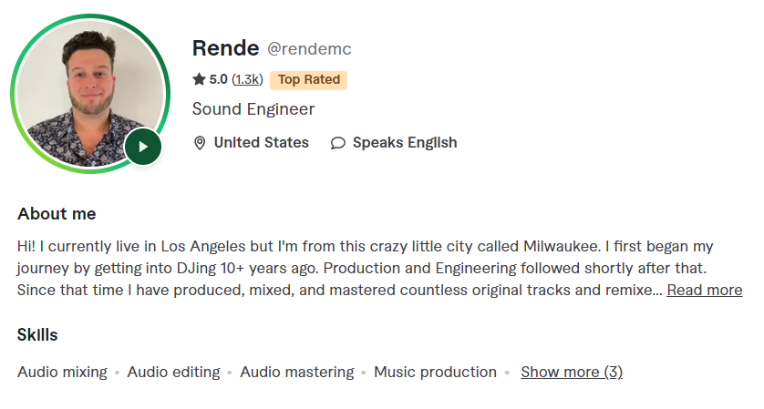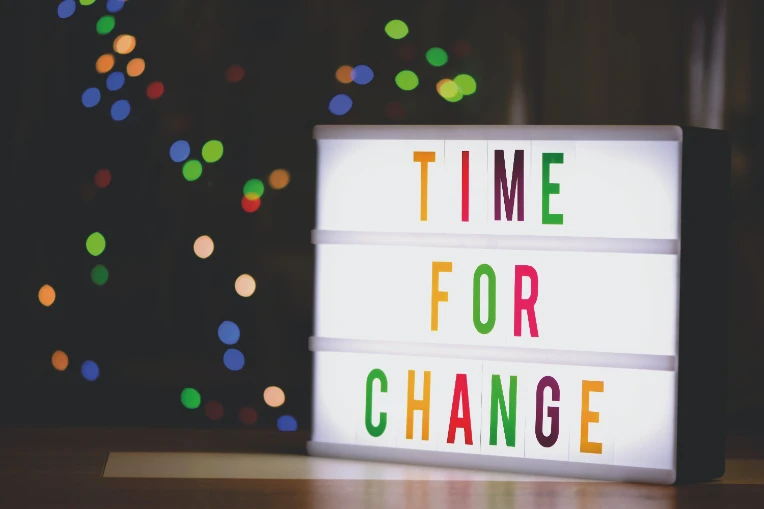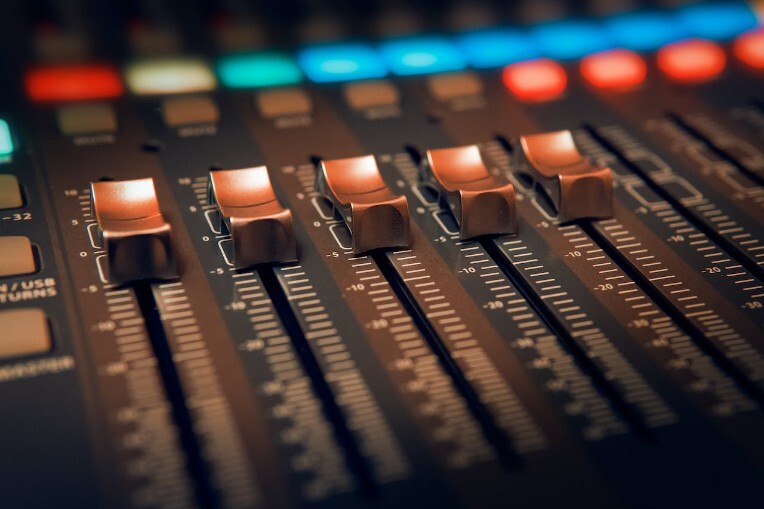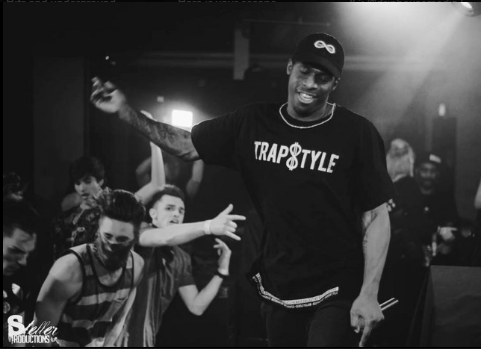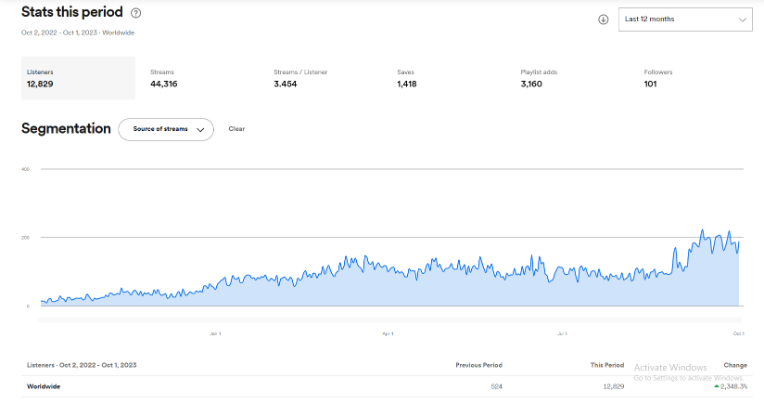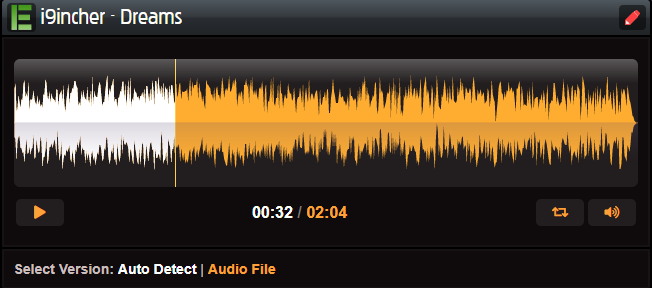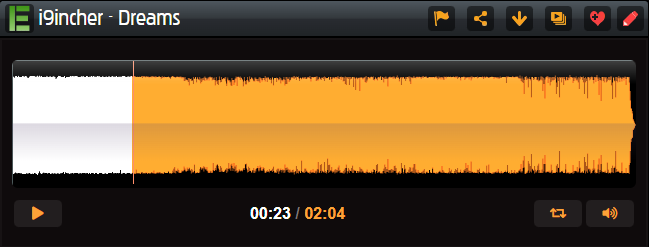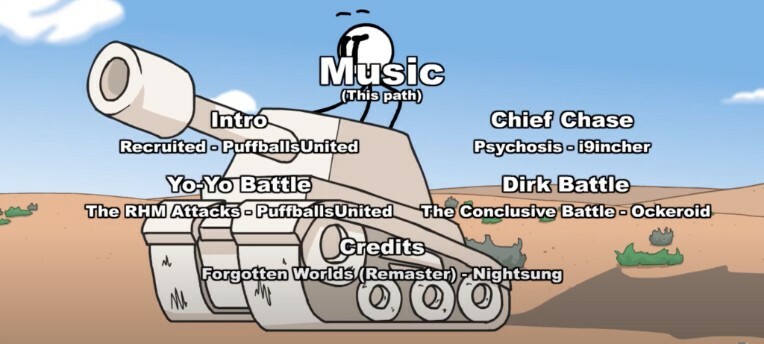I reached out to 100 Spotify playlist curators. Here's what I learned.

As a music producer for the past decade, I would say I have done OK from an organic standpoint. I always believed that if you have the hustle and make great content you will see success. While I still believe that, I have always been curious about where the line is between straight organic, outreach, and the dreaded "Pay to Play" (Which should be avoided at all costs unless you want to kill your momentum).
Luckily, I had some extra time and income lying around and decided that, after creating a new track that I had professionally mastered, that I would try to go all in on outreach to playlist curators to see what results I could create.
To do this I used a variety of techniques and platforms, some free some paid, and then measured the results. Here are the platforms and techniques:
- Email
- Forms
- Groover
- Instagram
- Playlist Push
- SubmitHub
To make it clear, while some of these ARE paid, this is the FIRST time I have ever used payments for any kind of music marketing. Everything else before hand has been organic. Because of this, I wanted to have a fresh start from a brand new song.
This is why I picked my track Sad Eyes as it was professionally mastered. It also managed to do well both here on Newgrounds and on YouTube, so I felt like the track itself had merit for a campaign.
Email
Cost: $0
Outreach: 6 curators
Playlists acceptance: 2
Rating: 7/10
Advantage: Low Cost, Follow Ups, More Exclusive and Professional
Disadvantage: Time Consuming to write and find emails, low response rates
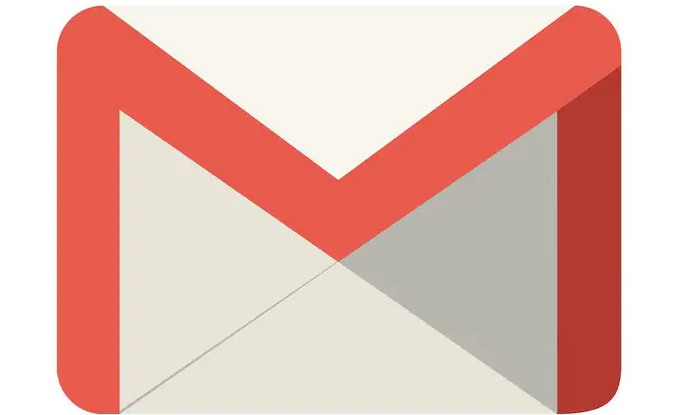
Ah yes, the try and true method of emails. What's great is emails are free, and will always come off as more professional than DM's in my opinion (I always try and get an email if I can). The problem with emails is they can be hard to get, especially for really large playlists. There are services that supposedly can get you these emails, like DistroKids Playlister but for this campaign I wanted to see what I could do spending absolutely no money at all.
The thing about email is curators are not obligated to respond to you or even open your email. This means you will have to do your due diligence to write both compelling subject lines and follow up with multiple emails to get a yes or no. This technique, while low cost, can also be VERY time consuming for both finding and writing and responding to emails. If I had more time to dedicate I would have liked to have reached out to more curators and I'm sure I would have had better results.
For this campaign I ended up only getting 1 response, but that response was a yes that had me end up on 2 playlists, both with over 2000 followers on them. However, I did have to message the curator a few times to get him to respond and to follow up to double check if he was still going to post them or not as I didn't see them go live on the date he stated.
They DID eventually get posted though. So not bad for something free.
Forms
Cost: $0
Outreach: 4 Curators
Results: 0
Rating: 3/10
Advantage: Low cost, easy to submit
Disadvantage: No customization for messaging, Low response rate, Inability to follow up
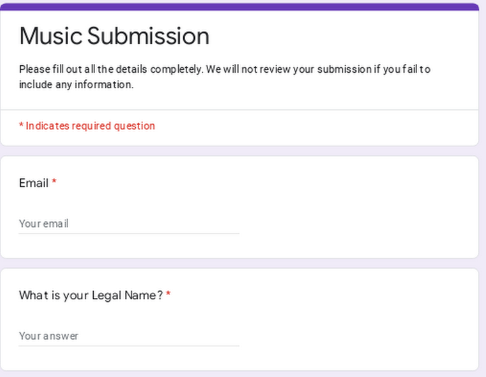
This is the only technique I did that not only got 0 placings but also got 0 responses (Despite them often requesting your email/socials to submit).
Most of these were bigger playlists who most likely get hundreds of submissions per month, so it's understandable why I didn't get a response. Ideally, I would like to submit to more curators that have you fill out a form as the cost to do so is $0.
However, because you can't reach out to follow up AND these forms often don't allow for any kind of customization like emails do, I would say it is the LEAST effective process and I would recommend that if you had to choose a free option to instead go with emails instead of submitting to forms as the only advantage forms have are the speed to which you can submit.
Instagram DMs
Cost: $0
Outreach: 3 curators
Playlists acceptance: 1
Rating: 5.5/10
Advantage: Low cost, easy to find curators, follow ups, If you have a decent following on IG that can play into getting accepted
Disadvantage: Might not be able to send follow up messages, if you have a low IG following you're more likely to get rejected

Other than Twitter and email, Instagram is probably one of the most preferred methods that up and coming playlist curators will ask for submissions. The first time I actually got on an up and coming playlist was from a Twitter DM, so I know first hand how effective DMing can be.
That being said, I was VERY lucky to get on that playlist, as my social following on both IG and Twitter are VERY low (I primarily only use NG, TikTok and YouTube) and unfortunately this can play into you not getting accepted, or even a response, from a curator through social DMS.
I currently stand at about 3 million YouTube views, with my biggest song being at about 170k plays. However, it's all on another platform and because these curators get SO many responses most likely they will look at your IG following first and a low count may stop them from going any further. That being said, I was able to get on 1 playlist as the curator, unknown to me, had a previous track of mine on his playlist before. He also isn't a giant playlist (probably about 200 followers) but it is currently growing.
Either way, as a free option IG DMing is certainly better than filling out forms, but doesn't give you as much freedom as email does. I'm confident I would have seen better results if I simply had time to reach out to more curators.
Groover
Cost: $11+
Outreach: 24
Playlists acceptance: 5
Rating: 6/10
Advantage: Low cost, easy to find curators, can get specific with genres, quick to send requests, allows for custom messaging, let's you preview the playlist submissions that have been accepted.
Disadvantage: Transparency on playlist size could be better, getting a good curator is a gamble, feedback can be generic and some curators might not even really listen to the track, low match rates for more niche but still popular genres.
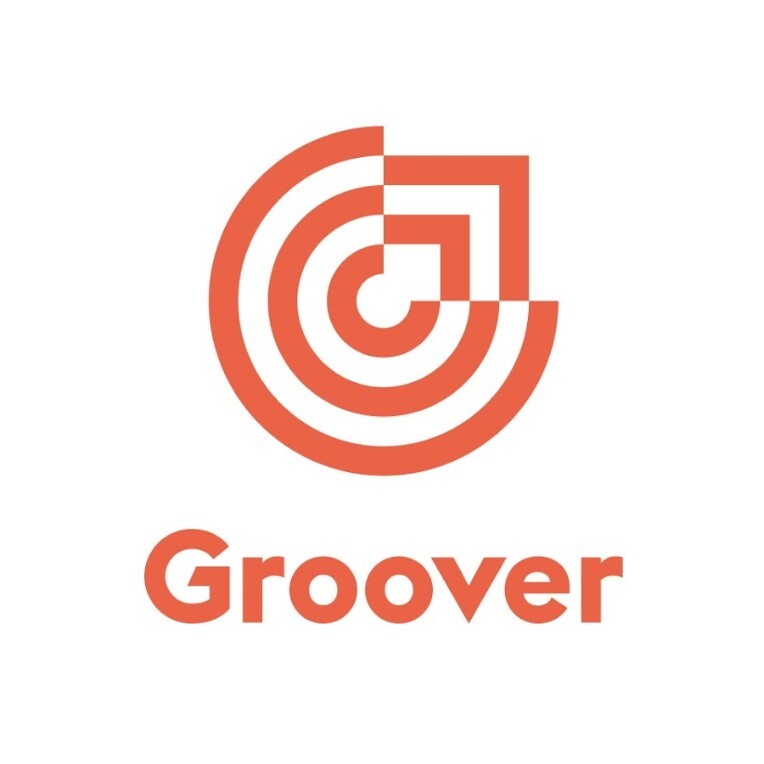
Now that we are leaving the free options, it's time to get into the paid space, Starting with Groover. Groover is a platform where artists can buy credits to pitch directly to playlist curators, blogs, influencers and labels. To pitch, you upload your song link and then buy credits for a dollar each. Each pitch can cost anywhere from 1 to 10 credits depending on the curator. You can buy individual credits or bundled deals, but the minimum purchase to get started is 10 credits.
When it comes to Groover I would say my feelings are...mixed. On the one hand, I like how you can get a variety of different customization options for starting a campaign to match the exact curator you want.
Currently, you can search based on Genre, location, past interactions, and even custom options like keywords and being a "Certified Spotify Curator" (whatever that means).
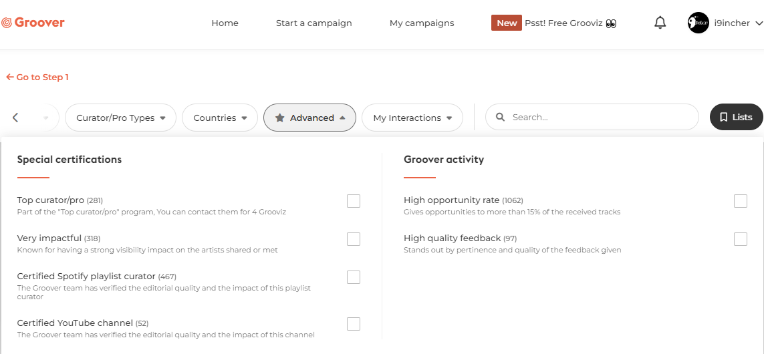
While this may SEEM great, the seams start to unravel when you try to actually build out and run the campaign. For instance, while Groover has several curators, the number goes down significantly depending on the genre you're in when compared to other platforms.
For instance, I make Jungle and Breakcore. while not the biggest EDM style genre, it has a significant following and breakcore especially has been getting more and more mainstream appeal. That being said, when I went to find a Jungle or Breakcore playlist Groover pulled up one. And it was a playlist I was already on.
So because of this, you might have to submit to playlists that aren't a "prefect match." While you can still get accepted to smaller playlists doing this, this most likely means that unless you're the EXACT sound a bigger playlist is looking for that is on Groover that you might be better off using another platform instead that is more genre specific.
Groover was also the only platform I reached out to where it felt like some of the curators straight LIED about listening to the track.
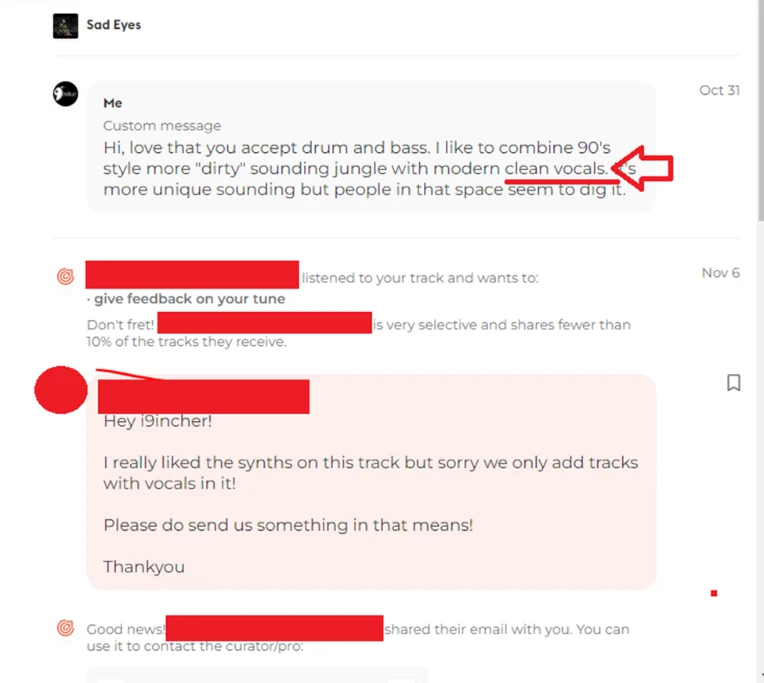
My song not only has vocals, but they drive most of the track. So this was baffling to say the least.
SubmitHub
Cost: $1+
Outreach: 29
Playlists acceptance: 2
Rating: 6/10
Advantage: Low cost, easy to find curators, can get specific with genres as well as emotional feeling, quick to send requests, allows for custom messaging (not as much as Groover though), has a good mix of mainstream and underground/more niche genres, lets you preview the playlist submissions that have been selected and see stats on the average play count songs get along with engagement level, high response rates.
Disadvantage: Acceptance rates are the lowest of the paid options I tested, while most curators respond the responses can be on the generic side without actually telling you what you need to do to get a song on the playlist, playlists you do get accepted on can be lower volume followers or lists that only keep you on for a very limited time (up to a week).
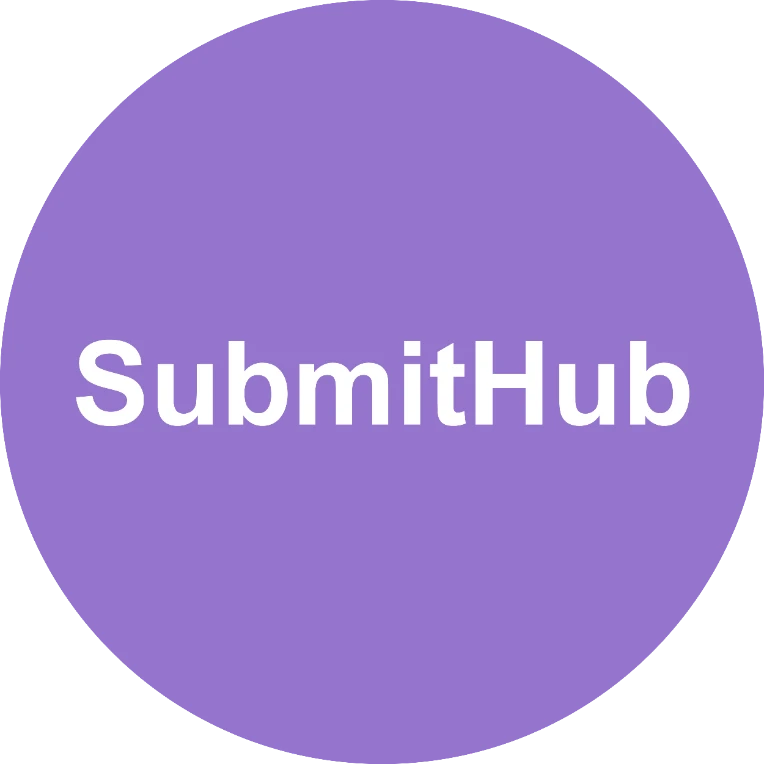
SubmitHub is a platform that connects independent musicians and content creators with music bloggers, curators, and record labels, streamlining the music submission process. Musicians can upload their tracks, and then SubmitHub offers a submission gateway to a diverse network of music professionals. These professionals can listen to the submissions and provide feedback or consider featuring the music on their platforms. It offers a more efficient and transparent way for emerging artists to get their music in front of influential tastemakers and potentially gain exposure in the music industry. Credits on Submithub are a dollar each and each currator charges between 1-4 credits.
What I like about Submithub is, at their price point, they have the most specific genres and playlist sizes of the paid platforms I have tested. As someone who makes Jungle/breakcore music, Submit hub having a dedicated genre section for that with an actual decent amount of quality playlists was a breath of fresh air.
Submithub was also the platform that I tried that gave me the most insight on playlists data and genre picking data. This would make it to where submitting to the wrong playlist would be mainly on you the submitter not picking the right curator instead of sending to a playlist that doesn't match due to lack of information. This means Submithub will get you some of the biggest bang for your buck if you do your due diligence.
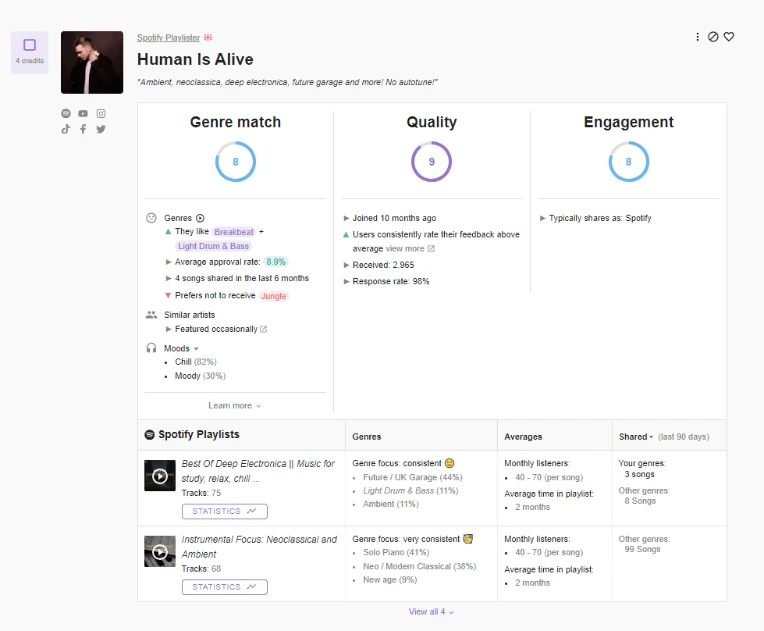
That being said, the acceptance rate on Submithub was the lowest of the paid platforms I tried and was tied with email for being the 3rd lowest playlist acceptance rates. Additionally, with email I only sent out a small handful and it was all free, where as with Submithub I sent out more than 4 times the amount of with paid requests to get back the same number of playlist adds.
This is why Submithub had the 2nd lowest acceptance ratio out of everything I tried, a solid 6.897%, only losing out to forms which was at 0%. Compared to email which was at 33.33%.
Despite this, I have seen several success stories as well as horror stories come out of Submithub. I believe it comes down to making a song that was more in line with others on the playlists to a tee. This can mean if you have even some slight uniqueness to your sound your not likely to get picked up.
I will say though that the two playlists I DID end up getting on were decently sized growing playlists.
PlaylistPush
Cost: $300+
Outreach: 34
Playlists acceptance: 8
Rating: 8/10
Advantage: High level of quality playlists, highest acceptance rate of the paid options I tried, has the largest selection of genre options of the paid options I tried, in-depth campaign analytics that can tie directly into your Spotify for Artists account.
Disadvantage: Expensive, requires a high minimum starting rate, because of the minimum rate you are nearly forced to submit to playlists that aren't a good fit just to reach the quota to run a campaign, you can't see what playlists you're submitting until after they reach out to you, there is no refund policy unlike the other paid options.

PlaylistPush is a service that facilitates the promotion of independent music by connecting artists with playlist curators on streaming platforms like Spotify. Musicians looking to increase their music's visibility can submit their songs, and PlaylistPush matches them with playlist owners whose audiences align with the artist's genre. These playlist curators then consider adding the submitted tracks to their playlists, providing artists with a chance to reach a broader audience and potentially increase their streams.
Out of all the options I tried, PlaylistPush gave me the most playlist adds. With the cost it takes to submit to PlaylistPush however it was to be expected. At about $300 minimum to start a campaign, the price point should only be looked at for your best possible tracks. These need to be mastered professionally, and I would even do remote tests with listeners to see if the track does better than others on your social channels before submitting to PlaylistPush.
There are TON's of discount codes out there, and once you run a campaign you can even offer your own promo codes, but even then the cost will still be relatively high. This is why I don't recommend using PlaylistPush unless you have fully done your homework on the track you want to submit.
This is because not only is it expensive but all sales on PlaylistPush are FINAL. The other paid platforms I tried offer refund policies should curators not respond, but on PlaylistPush that isn't an option. I'm sure if NOBODY responded you could talk to customer service, but if only a handful do you would most likely be out of luck.
Still, I was able to get most curators to respond and was able to get on 8 playlists, more than any other outreach I did.
I will also say I came across a unique thing where of the 8 playlists I was added to, 2 of them were curators I reached out to on other platforms that had said NO on that platform but said YES on PlaylistPush for the exact same song on the exact same playlist.
This leads me to believe that, because PlaylistPush is more expensive, chances are they pay more and curators are more likely to accept a track in order to keep up with PlaylistPush. So while the acceptance rate on PlaylistPush was MUCH higher than other platforms, that most likely isn't due to their quality control as much as it is due to what they pay, at least on certain playlists.
Overall though, my experience with PlaylistPush was mostly positive and I may use them again in the future.
In Conclusion
Overall, I would say if you're a new artist just starting out go with the email option of finding playlists on Spotify that list their email address (You can do this by typing in your genre and @gmail, @yahoo, etc. and then going to the playlists tab). It will be time consuming, but it allows you the most freedom to get in front of curators while having zero costs.
Of the paid options, both Groover and Submithub have their advantages and flaws, but I would try out both of them due to the low costs associated with them just to try them out and see what you can get.
And while I liked PlaylistPush the best of the paid options, it is 100% NOT something to use if you're just starting out due to the costs and I would only recommend it if you happen to just have the money to spend or you did your homework and think your track would still be successful without it but can do even better using it.
Overall, I will have to wait and see which playlists perform the best, and I may do an update on how each playlist from each platform performed.
If you haven't yet, Feel free to Follow me on Spotify or Subscribe to my YouTube Channel
